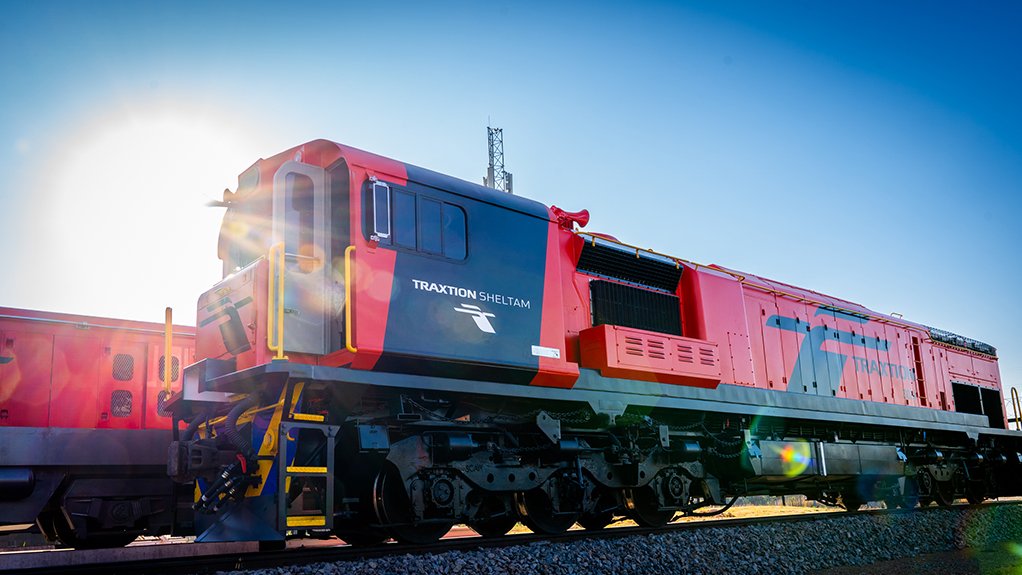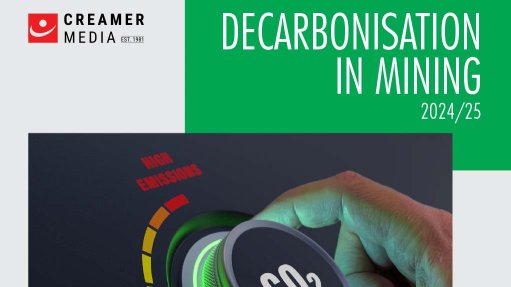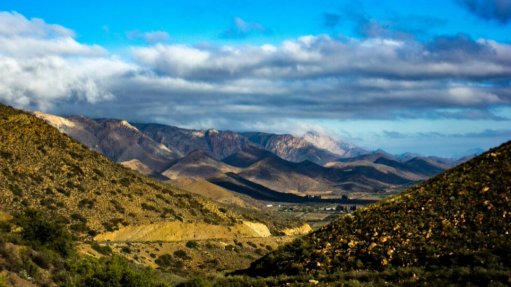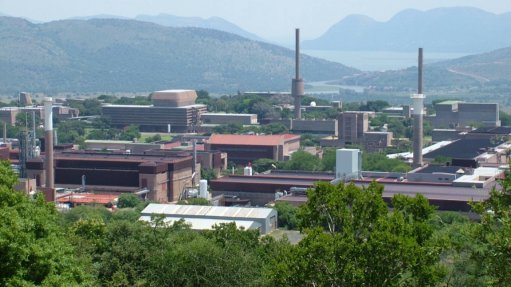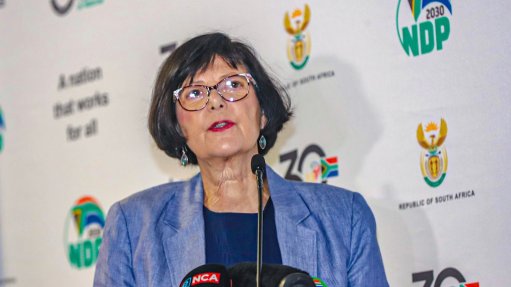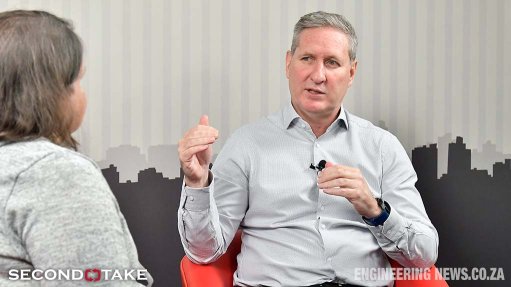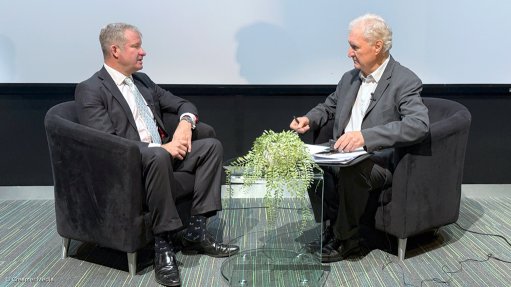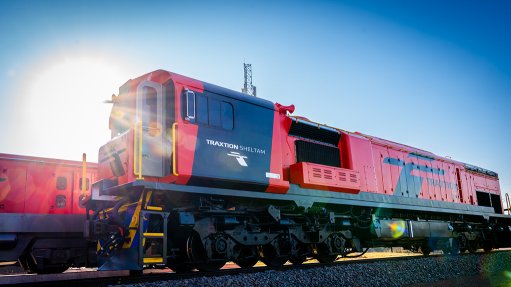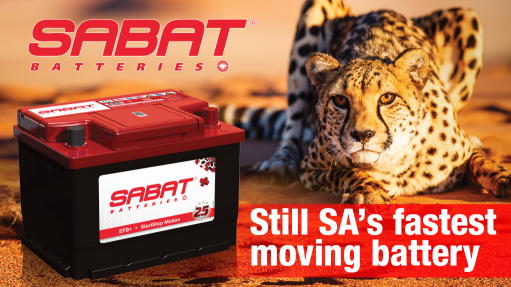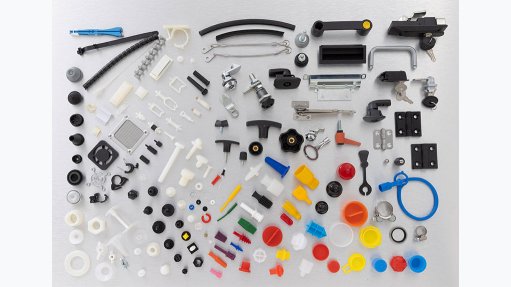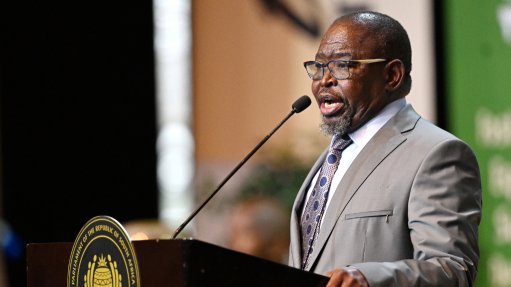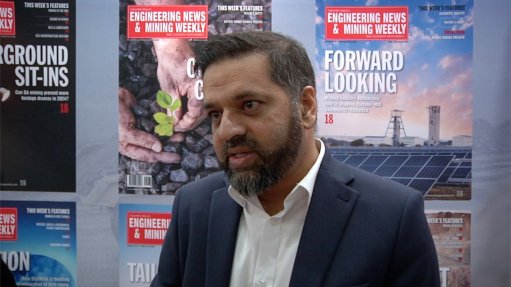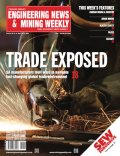Consultant proffers replacement council once NLCC ends
After two years of reforms driven through the National Logistics Crisis Committee (NLCC), Integrated Supply Chains executive consultant Ian Bird and various other stakeholders have advocated for a Council for Transportation and Logistics (CTL) to be established to serve as a replacement.
With the NLCC expected to run until March 2026, the CTL can serve as an organised body at the apex of logistics in South Africa, they argue.
NLCC’s primary focus has been on ensuring competitive supply chains, improving operational performance of industry supply chains, modernising the freight transport system and creating enabling conditions for the freight transport system to operate effectively.
The committee currently comprises eight workstreams for which it provides oversight and execution assistance, with stakeholders including State-owned entities such as the South African National Roads Agency, the Passenger Rail Agency of South Africa (PRASA) and South African Revenue Service, as well as government agencies and business.
Some of the initiatives supporting resolution of immediate challenges through collaboration of the NLCC stakeholders have included business resource contributions, the establishment of operational excellence centres, the signing of mutual cooperation agreements, information-sharing and engagements, business process interventions and joint investment in infrastructure.
The CTL entity’s mission can be to advance the sector’s best interests, promote industry standards, support collaboration among stakeholders and drive innovation towards long-term competitiveness and sustainability.
Bird also advocates for an Intermodal Logistics Master Plan (ILMP) to address the fragmented, road-dominated freight system; inefficiencies at intermodal facilities; high costs; infrastructure strain; and environmental impact and policy challenges such as siloed and disjointed implementation that limits the progress of intermodal interfaces.
Such a master plan can unify road, rail, air and sea transport into a cohesive system, which can promote long-term infrastructure investment, support a shift to rail for bulk and long-haul freight, reduce emissions, enhance economic competitiveness and align with national development goals.
Critical questions for the ILMP would be how South Africa can integrate and optimise all transport modes, what infrastructure upgrades are required, how policy and regulatory frameworks can be harmonised, what role technology and data can play in integration and how future risks can be addressed.
The ILMP can also aid in Transnet’s envisioned target of moving 250-million tonnes of freight on the rail network by 2030. Transnet moved 161-million tonnes of freight in 2024/25, with the target for 2025/26 having been set at 180-million tonnes. For comparison, Transnet moved 226-million tonnes in 2017/18.
Transnet ultimately aims to have 100% of rail-friendly cargo on the rail network by 2050, compared with 90% by 2030.
In terms of port performance, Transnet moved 4.1-million twenty-foot equivalent units (TEUs) at the ports in 2024/25, with the aim of increasing to 4.4-million TEUs in 2025/26 and 4.9-million TEUs by 2029/30.
For comparison, Transnet moved 4.9-million TEUs in 2017/18 before dropping to 4.2-million tonnes by 2023/24.
Like Bird, Multimodal Inland Port Association (Mipa) CEO Bertie Phillips is also supporting greater intermodal integration in the country, with an added emphasis on migrating volumes from road to rail at inland ports.
Phillips says the 98 applications for private-sector slots on the freight rail network received by Transnet Infrastructure Manager paves the way for moving more freight on rail. “It is a monumental step forward for Transnet in its revitalisation efforts,” he adds.
Mipa is helping to develop an interchange agreement together with law firms to shape formal agreements on code of conduct. Mipa’s members have agreed to collaborate on best practices development and facilitating solutions for inland terminals alongside Transnet’s infrastructure.
The association is driving the elimination of barriers to growth for workable multimodal solutions according to the needs of industry, garnering private investment and eliminating barriers for more volumes to be moved on rail.
Added to this is the work of the Road Transport and Border Transit Workstream, which is focused on addressing logistic challenges on the N2, N3, N4 and N10/12 corridors, including improved freedom of choice of modes of transport.
For Bird, the biggest challenge to achieving better cost and operational efficiencies on the rail network and other modes of freight transport is the speed at which private operators can be mobilised and enabled, as well as persistent unmaintained parts of major corridors.
GOVERNMENT VIEW
Department of Transport freight logistics specialist Mihlali Gqada points out that more than a quarter of long-distance freight traffic has shifted from rail to road in the last five years.
Additionally, South Africa has forfeited more than $26-billion in iron-ore and coal export trade alone since 2010 owing to logistics inefficiencies.
This while the country also ranks among the highest logistics costs in the world, comprising 14% of GDP compared with the global average of 7% of GDP.
A Logistics Barometer report by Stellenbosch University finds that South Africa’s logistics costs amount to 11.2% of global GDP and 51.5% of transportable GDP, owing to inadequate road, rail and port infrastructure, inefficient processes at logistics hubs and lack of coordination between the different modes of transport.
Gqada highlights another challenge as being the amount of rail infrastructure investment that pales in comparison to road. Rail infrastructure investment has historically been limited to PRASA’s allocations from the Department of Transport (DoT), and Transnet’s investment which competes with its ports and pipelines divisions.
“It is therefore imperative that a balance in investment is fostered so that the shift from road to rail can be realised. Effective coordination and collaboration among all levels of government is crucial for developing and implementing policies that promote efficient freight transportation, including infrastructure development, regulatory oversight and public-private partnerships,” she states.
She adds that a balanced modal split, with optimal use of road, rail and other transport modes, can contribute to a sustainable and efficient freight logistics system. For her, policies should encourage modal choice and incentivise the use of environment-friendly modes of transport.
The DoT has determined that about one-million tonnes of steel, 1.5-million tonnes of export coal, 400 000 t of manganese, 13-million tonnes of domestic coal, six-million tonnes of grain, 2.2-million tonnes of timber and 12-billion litres of fuel can be moved from road to rail, if more reliable, predictable and safe services can be offered.
Some of DoT’s strategic interventions have included reconfiguring Transnet’s reporting line to the department, targeting resources to existing facilities to preserve infrastructure, planning for a transport economic regulator given the increasing amount of private-sector participation on the rail and port network, facilitating solutions for projects of national significance and promoting new financing tools to incentivise private-sector investment in rail infrastructure.
She concludes by acknowledging that the national logistics system cannot operate without workable intermodal facilities or interfaces.
The experts quoted spoke during a Transport Forum-hosted webinar on May 22.
Comments
Press Office
Announcements
What's On
Subscribe to improve your user experience...
Option 1 (equivalent of R125 a month):
Receive a weekly copy of Creamer Media's Engineering News & Mining Weekly magazine
(print copy for those in South Africa and e-magazine for those outside of South Africa)
Receive daily email newsletters
Access to full search results
Access archive of magazine back copies
Access to Projects in Progress
Access to ONE Research Report of your choice in PDF format
Option 2 (equivalent of R375 a month):
All benefits from Option 1
PLUS
Access to Creamer Media's Research Channel Africa for ALL Research Reports, in PDF format, on various industrial and mining sectors
including Electricity; Water; Energy Transition; Hydrogen; Roads, Rail and Ports; Coal; Gold; Platinum; Battery Metals; etc.
Already a subscriber?
Forgotten your password?
Receive weekly copy of Creamer Media's Engineering News & Mining Weekly magazine (print copy for those in South Africa and e-magazine for those outside of South Africa)
➕
Recieve daily email newsletters
➕
Access to full search results
➕
Access archive of magazine back copies
➕
Access to Projects in Progress
➕
Access to ONE Research Report of your choice in PDF format
RESEARCH CHANNEL AFRICA
R4500 (equivalent of R375 a month)
SUBSCRIBEAll benefits from Option 1
➕
Access to Creamer Media's Research Channel Africa for ALL Research Reports on various industrial and mining sectors, in PDF format, including on:
Electricity
➕
Water
➕
Energy Transition
➕
Hydrogen
➕
Roads, Rail and Ports
➕
Coal
➕
Gold
➕
Platinum
➕
Battery Metals
➕
etc.
Receive all benefits from Option 1 or Option 2 delivered to numerous people at your company
➕
Multiple User names and Passwords for simultaneous log-ins
➕
Intranet integration access to all in your organisation



